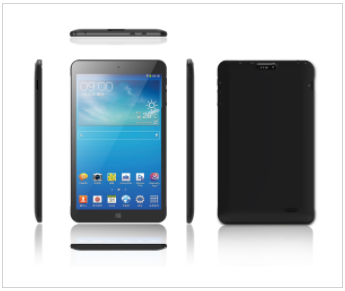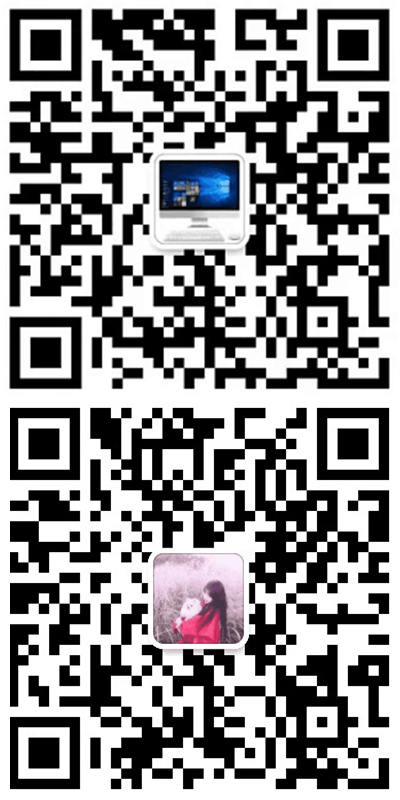- Español
- Português
- русский
- Français
- 日本語
- Deutsch
- tiếng Việt
- Italiano
- Nederlands
- ภาษาไทย
- Polski
- 한국어
- Svenska
- magyar
- Malay
- বাংলা ভাষার
- Dansk
- Suomi
- हिन्दी
- Pilipino
- Türkçe
- Gaeilge
- العربية
- Indonesia
- Norsk
- تمل
- český
- ελληνικά
- український
- Javanese
- فارسی
- தமிழ்
- తెలుగు
- नेपाली
- Burmese
- български
- ລາວ
- Latine
- Қазақша
- Euskal
- Azərbaycan
- Slovenský jazyk
- Македонски
- Lietuvos
- Eesti Keel
- Română
- Slovenski
- मराठी
- Srpski језик
What Size Tablet Do You Need?
2021-11-23

What Size Tablet Do You Need?
This one is obvious, but screen size (screen area and storage capacity) is an important factor to consider. First of all, when you hear terms like "10-inch tablet", this refers to the screen size, measured diagonally, not the size of the tablet itself.
Screen resolution is also important, especially for e-book reading and surfing the Web. A clear and bright display is key. If you're in the market looking for a 10-inch tablet, the screen resolution should be at least 1,280 pixels by 800 pixels.
The tablet's light weight is a clear advantage over laptops, but since large-screen tablet typically weight only about 1 pound, they are nowhere near as light as smartphones. If you hold one with one hand within 20 minutes of standing, your hand gets tired. Having a plank on your lap, instead of a brace, can also be a bit awkward. Few tablets fit in your pocket, unless you're wearing a very large jacket. If you want pockets, you might want to consider a phablet.
Cloud storage (off-device) is an option for many tablets, but when it comes to onboard storage, more is better. All of these applications, when combine with music, video and photo libraries, can take up a lot of space. Some Android tablets come with micro SD slots to increase storage, but it's worth noting that some apps won't run on the microSD card.
Previous:What Does Tablet PC Mean?







